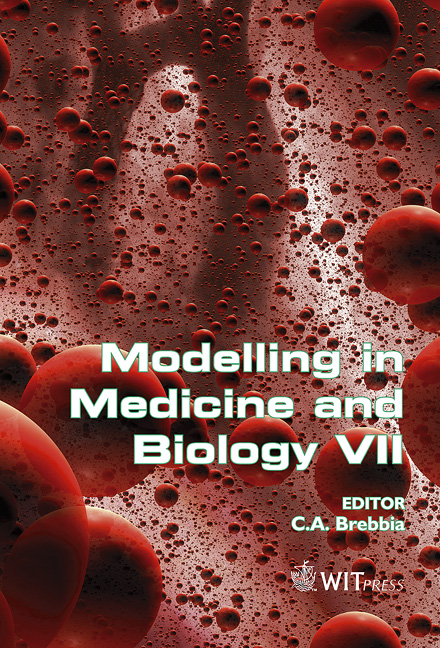Simulation Of Bone Indentation
Price
Free (open access)
Transaction
Volume
12
Pages
9
Published
2007
Size
557 kb
Paper DOI
10.2495/BIO070121
Copyright
WIT Press
Author(s)
S. Kasiri, G. Reilly & D. Taylor
Abstract
Finite Element (FE) methods have been widely used to model fractures. The Theory of Critical Distances (TCD) was proposed to predict the fatigue fracture of materials. With the introduction of FE models, this theory has been developed and extensively applied to different materials. FE models of fractures usually need a high resolution meshing or remeshing due to introducing new cracks. This can be a disadvantage, e.g. when the fracture plane of the material is under compression. In this paper the TCD was adopted to predict the multiaxial fracture of bone with the aim of studying the effects of geometry on fracture force. Keywords: bone, fracture, indentation, multiaxial failure, Theory of Critical Distances. 1 Introduction In different surgeries various kinds of blades are used for cutting bone. Bone has a complicated composite structure and many researchers attempt to understand the mechanism of fractures. Understanding the fracture mechanism, cutting process and predicting the fracture load is useful to optimize the surgical blades. To predict the fracture load especially in complicated problems, computer modelling is necessary. Finite Element (FE) methods have been extensively employed to simulate the fracture and cutting process. The first model of the cutting process using FE obtained the fracture load by simulating the crack’s growth until it was an unstable crack. The maximum force before the unstable crack is the cutting force. In a general classification, two different sorts of FE analysis have been proposed to study the crack propagation, the discrete and smeared approaches [1]. The discrete approach deals with the fracture process by introducing a discontinuity in the geometry of the structure
Keywords
bone, fracture, indentation, multiaxial failure, Theory of Critical Distances.





